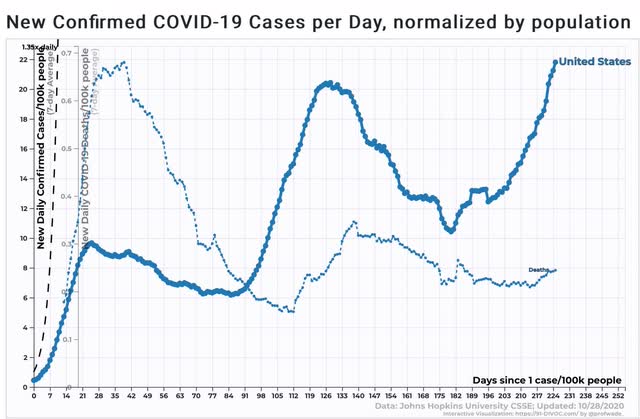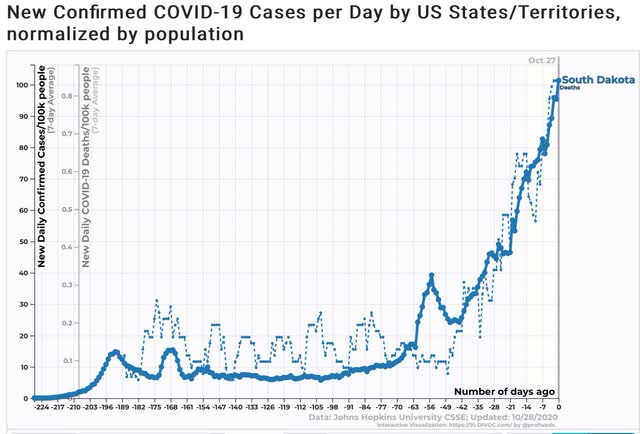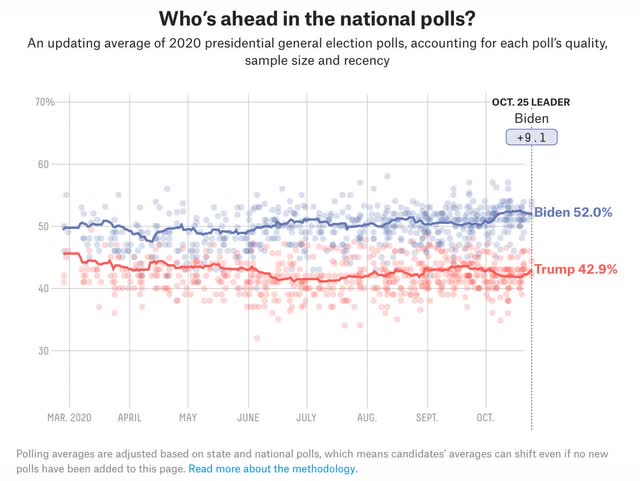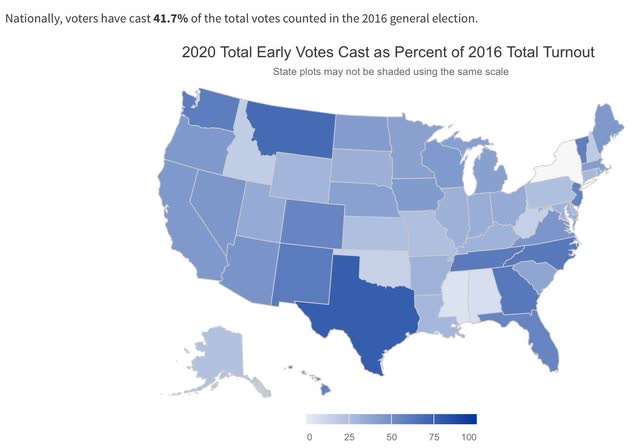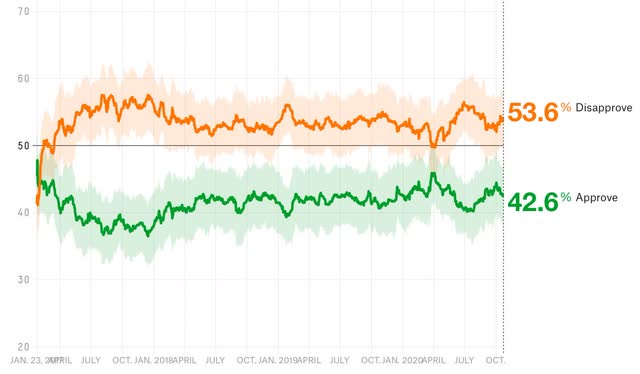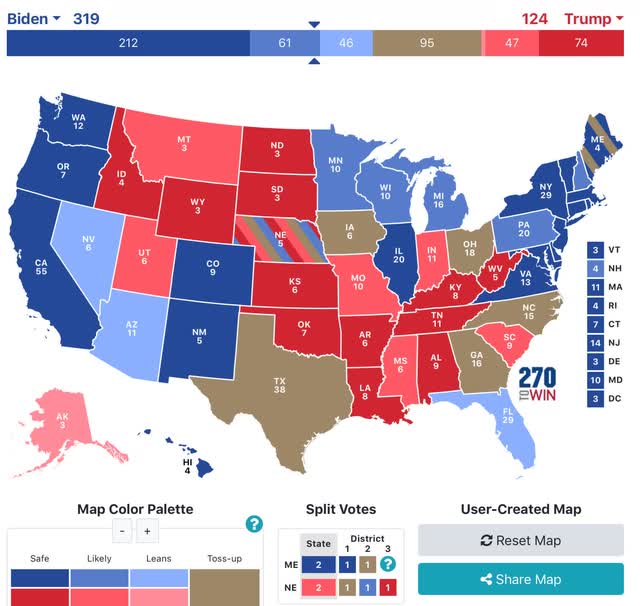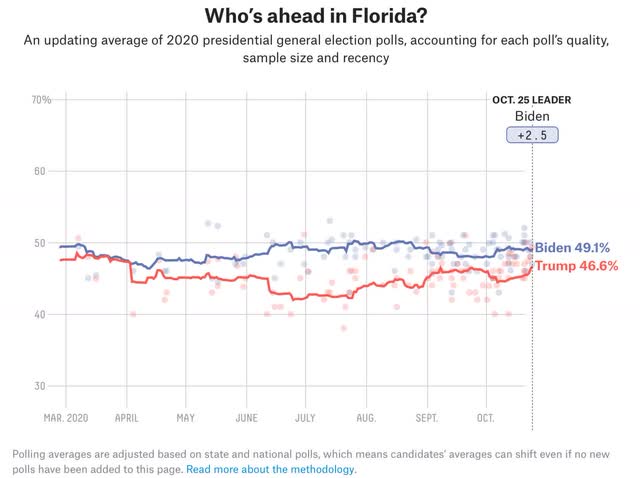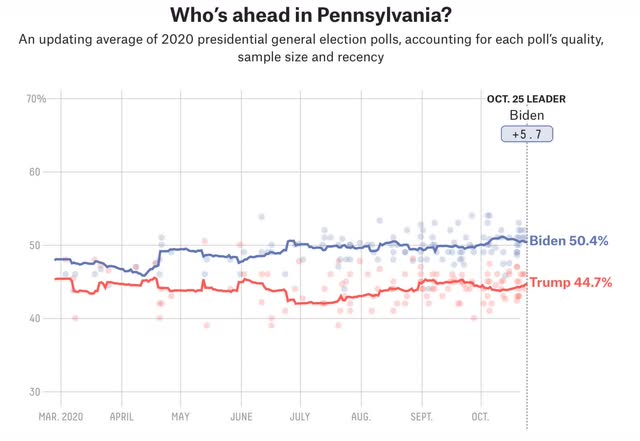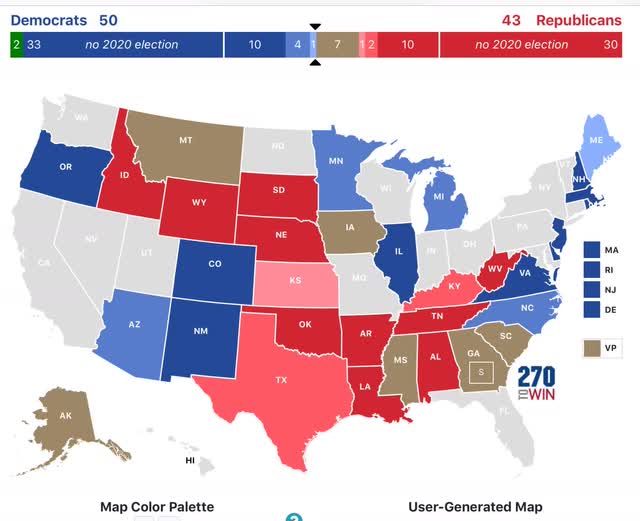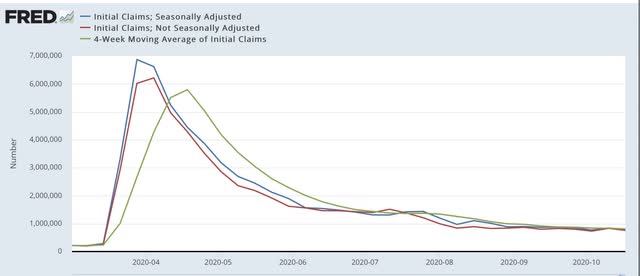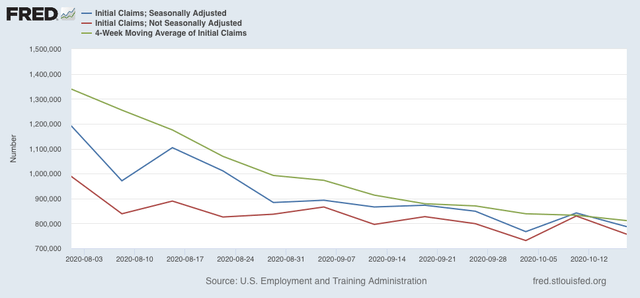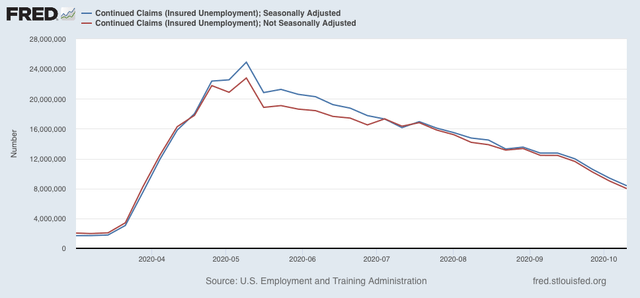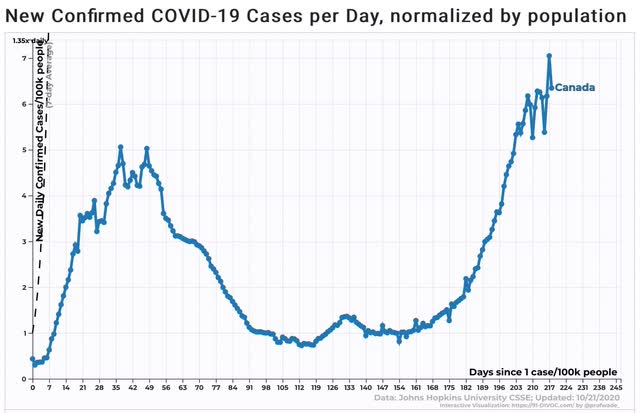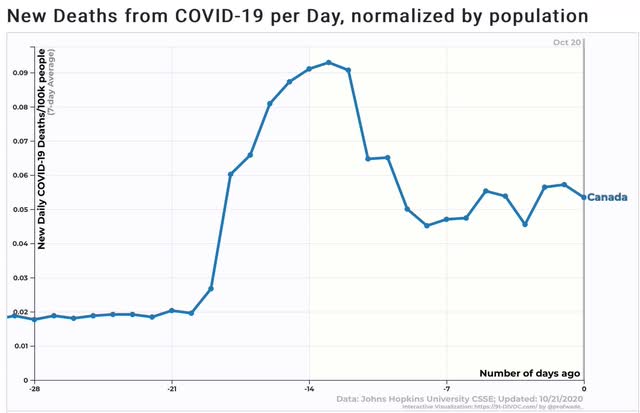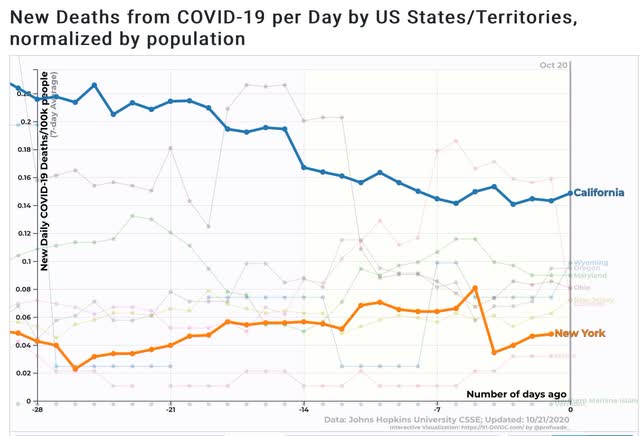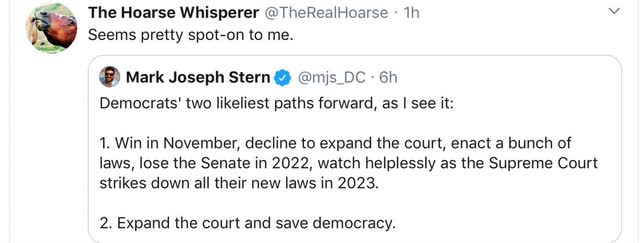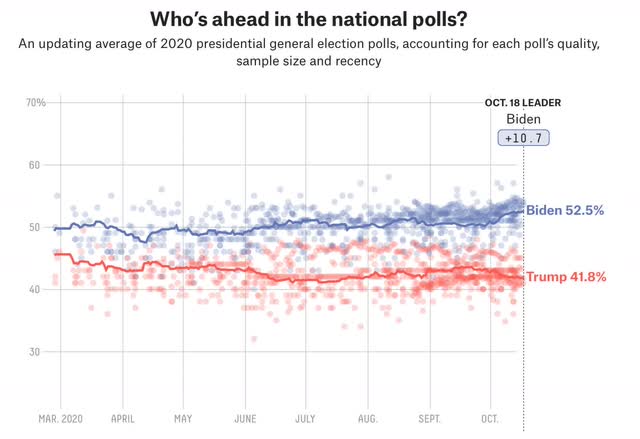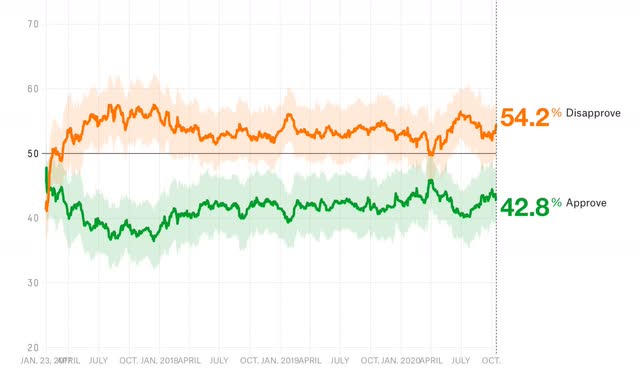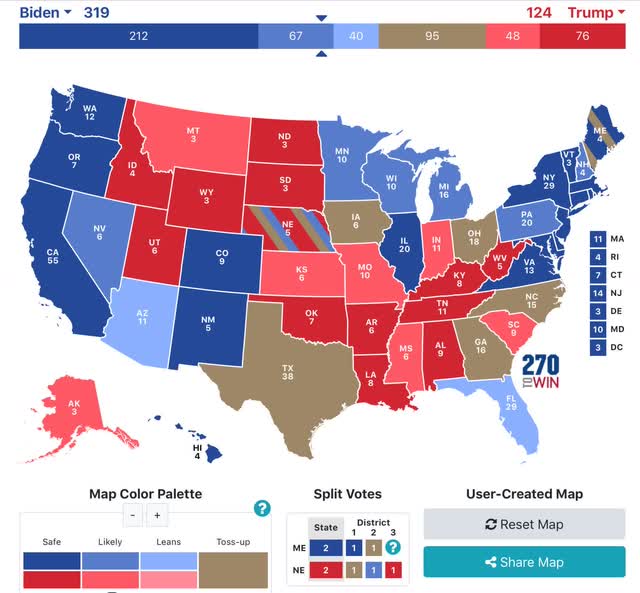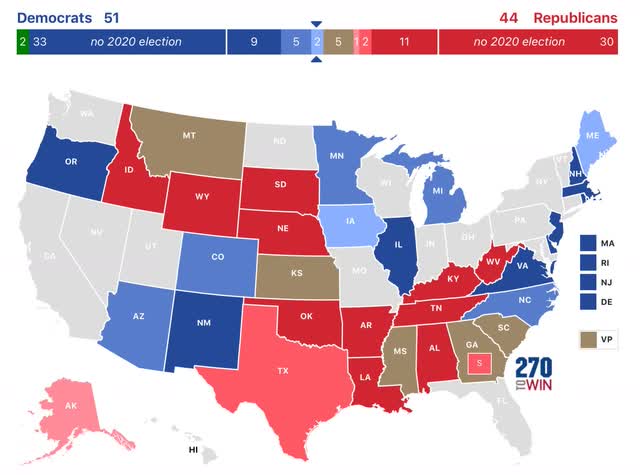How the framers envisioned the US Supreme Court fit into the scheme of three independent branches of government was set forth in The Federalist Papers numbers 78 through 83. Of those, 3 are not relevant to this discussion: Number 80, which deals with types of court jurisdiction, Number 82 on relations between the State vs. Federal judiciaries, and Number 83, explaining that the Constitution does not abolish trial by jury.
“According to the plan of the convention, all judges who may be appointed by the United States are to hold their offices DURING GOOD BEHAVIOR .... The standard of good behavior for the continuance in office of the judicial magistracy, is certainly one of the most valuable of the modern improvements in the practice of government. In a monarchy it is an excellent barrier to the despotism of the prince; in a republic it is a no less excellent barrier to the encroachments and oppressions of the representative body. And it is the best expedient which can be devised in any government, to secure a steady, upright, and impartial administration of the laws.: (No. 78)
Comparing the US Supreme Court vs. the UK’s House of Lords as court of final appeal:
“In Britain, the judicial power, in the last resort, resides in the House of Lords, which is a branch of the legislature; and this part of the British government has been imitated in the State constitutions in general.” (No. 81)
“the particular organization of the Supreme Court [is] being composed of a distinct body of magistrates, instead of being one of the branches of the legislature, as in the government of Great Britain and that of the State. ....” (No. 81)
“Considerations [of legal specialization and acumen of judges vs. legislators should] cause us to applaud the wisdom of those States who have committed the judicial power, in the last resort, not to a part of the legislature, but to distinct and independent bodies of men. Contrary to the supposition of those who have represented the plan of the convention, in this respect, as novel and unprecedented, it is but a copy of the constitutions of New Hampshire, Massachusetts, Pennsylvania, Delaware, Maryland, Virginia, North Carolina, South Carolina, and Georgia; and the preference which has been given to those models is highly to be commended.....” (No. 81)
The Judiciary would have to rely on the Executive to enforce its judgments:
“Whoever attentively considers the different departments of power must perceive, that, in a government in which they are separated from each other, the judiciary, from the nature of its functions, will always be the least dangerous to the political rights of the Constitution; because it will be least in a capacity to annoy or injure them.
“The judiciary ... can take no active resolution whatever. It may truly be said to have neither FORCE nor WILL, but merely judgment; and must ultimately depend upon the aid of the executive arm even for the efficacy of its judgments....” (No. 78)
To preserve judicial independence, judges must be appointed for life:
“judges, [ ] if they behave properly, will be secured in their places for life....” (No. 79)
“Every reason which recommends the tenure of good behavior for judicial offices, militates against placing the judiciary power, in the last resort, in a body composed of men chosen for a limited period. There is an absurdity in referring the determination of causes, in the first instance, to judges of permanent standing; in the last, to those of a temporary and mutable constitution.” (No. 82)
“That inflexible and uniform adherence to the rights of the Constitution, and of individuals, which we perceive to be indispensable in the courts of justice, can certainly not be expected from judges who hold their offices by a temporary commission. Periodical appointments, however regulated, or by whomsoever made, would, in some way or other, be fatal to their necessary independence.” (No. 78)
It was anticipated that the Court would increasingly be bound by precedent, which would require a lifetime of learning to master:
[Comparing Judge’s with the House of Lords]: “And there is a still greater absurdity in subjecting the decisions of men, selected for their knowledge of the laws, acquired by long and laborious study, to the revision and control of men who, for want of the same advantage, cannot but be deficient in that knowledge.” (No. 82)
“There is yet a further and a weightier reason for the permanency of the judicial offices, which is deducible from the nature of the qualifications they require. It has been frequently remarked, with great propriety, that a voluminous code of laws is one of the inconveniences necessarily connected with the advantages of a free government. To avoid an arbitrary discretion in the courts, it is indispensable that they should be bound down by strict rules and precedents, which serve to define and point out their duty in every particular case that comes before them; and it will readily be conceived from the variety of controversies which grow out of the folly and wickedness of mankind, that the records of those precedents must unavoidably swell to a very considerable bulk, and must demand long and laborious study to acquire a competent knowledge of them. Hence it is, that there can be but few men in the society who will have sufficient skill in the laws to qualify them for the stations of judges.” (No.78)(My emphasis)
Discussing the objection that the Supreme Court would become a Superlegislature:
“Some perplexity respecting the rights of the courts to pronounce legislative acts void, because contrary to the Constitution, has arisen from an imagination that the doctrine would imply a superiority of the judiciary to the legislative power. It is urged that the authority which can declare the acts of another void, must necessarily be superior to the one whose acts may be declared void. As this doctrine is of great importance in all the American constitutions, a brief discussion of the ground on which it rests cannot be unacceptable. (No. 78)
“The arguments, or rather suggestions, upon which this charge is founded, are to this effect: "The authority of the proposed Supreme Court of the United States, which is to be a separate and independent body, will be superior to that of the legislature. The power of construing the laws according to the SPIRIT of the Constitution, will enable that court to mould them into whatever shape it may think proper; especially as its decisions will not be in any manner subject to the revision or correction of the legislative body. This is as unprecedented as it is dangerous. ...The Parliament of Great Britain, and the legislatures of the several States, can at any time rectify, by law, the exceptionable decisions of their respective courts. But the errors and usurpations of the Supreme Court of the United States will be uncontrollable and remediless." This, upon examination, will be found to be made up altogether of false reasoning upon misconceived fact.
“In the first place, there is not a syllable in the plan under consideration which DIRECTLY empowers the national courts to construe the laws according to the spirit of the Constitution, or which gives them any greater latitude in this respect than may be claimed by the courts of every State. I admit, however, that the Constitution ought to be the standard of construction for the laws, and that wherever there is an evident opposition, the laws ought to give place to the Constitution.... (No. 81)(My emphasis)
“[Further, ]No legislative act ... contrary to the Constitution, can be valid. .... A constitution is, in fact, and must be regarded by the judges, as a fundamental law. It therefore belongs to them to ascertain its meaning, as well as the meaning of any particular act proceeding from the legislative body. If there should happen to be an irreconcilable variance between the two, that which has the superior obligation and validity ought, of course, to be preferred; or, in other words, the Constitution ought to be preferred to the statute, the intention of the people to the intention of their agents.
“[W]here the will of the legislature, declared in its statutes, stands in opposition to that of the people, declared in the Constitution, the judges ought to be governed by the latter rather than the former.
“This exercise of judicial discretion, in determining between two contradictory laws, is exemplified in a familiar instance. It not uncommonly happens, that there are two statutes existing at one time, clashing in whole or in part with each other, and neither of them containing any repealing clause or expression. In such a case, it is the province of the courts to liquidate and fix their meaning and operation. So far as they can, by any fair construction, be reconciled to each other, reason and law conspire to dictate that this should be done; where this is impracticable, it becomes a matter of necessity to give effect to one, in exclusion of the other.
“It can be of no weight to say that the courts, on the pretense of a repugnancy, may substitute their own pleasure to the constitutional intentions of the legislature. This might as well happen in the case of two contradictory statutes; or it might as well happen in every adjudication upon any single statute. The courts must declare the sense of the law; and if they should be disposed to exercise WILL instead of JUDGMENT, the consequence would equally be the substitution of their pleasure to that of the legislative body. The observation, if it prove any thing, would prove that there ought to be no judges distinct from that body.... (No. 78)(My emphasis)
Poor Supreme Court decisions can be remedied by Constitutional Amendment:
“A legislature, without exceeding its province, cannot reverse a determination once made in a particular case; though it may prescribe a new rule for future cases. This is the principle, and it applies in all its consequences, exactly in the same manner and extent, to the State governments, as to the national government now under consideration. Not the least difference can be pointed out in any view of the subject.” (No. 78)
The remedy for Judges who do not neutrally apply the Constitution is to remove them via impeachment:
“The precautions for their responsibility are comprised in the article respecting impeachments. They are liable to be impeached for malconduct by the House of Representatives, and tried by the Senate; and, if convicted, may be dismissed from office, and disqualified for holding any other. This is the only provision on the point which is consistent with the necessary independence of the judicial character, and is the only one which we find in our own Constitution [of New York] in respect to our own judges.” (No. 79)
“It may in the last place be observed that the supposed danger of judiciary encroachments on the legislative authority, which has been upon many occasions reiterated, is in reality a phantom. Particular misconstructions and contraventions of the will of the legislature may now and then happen; but they can never be so extensive as to amount to an inconvenience, or in any sensible degree to affect the order of the political system. This may be inferred with certainty, from the general nature of the judicial power, from the objects to which it relates, from the manner in which it is exercised, from its comparative weakness, and from its total incapacity to support its usurpations by force. And the inference is greatly fortified by the consideration of the important constitutional check which the power of instituting impeachments in one part of the legislative body, and of determining upon them in the other, would give to that body upon the members of the judicial department. This is alone a complete security. There never can be danger that the judges, by a series of deliberate usurpations on the authority of the legislature, would hazard the united resentment of the body entrusted with it, while this body was possessed of the means of punishing their presumption, by degrading them from their stations. While this ought to remove all apprehensions on the subject, it affords, at the same time, a cogent argument for constituting the Senate a court for the trial of impeachments.” (No. 81)(My emphasis)
In summary, lawyers selected for their lifetime of skill and acumen in understanding past precedents would essentially engage in statutory interpretation according to the long-established rules for such interpretation. Any errors they made would be no more than an “inconvenience” that would never “affect the order of the political system.” In any event, they would be powerless to enforce their decisions, and would have to rely on the Executive. Further, their errors they made could be remedied by Constitutional Amendments. Finally, if they did attempt to act like superlegislators, they would suffer impeachment and removal from office.
At the time Hamilton made these arguments, there was no historical record against which to compare his conclusions. Over 200 years later, the record is extensive, and it shows that the objection that the court would act like a tyrannical superlegislature was well-founded.
Note in particular that although Hamilton *says* that the argument that the court would act like a superlegislature is unfounded, he never actually *engages* with the argument, but simply states that the Constitution does not “directly” authorize such a result, and that if the argument is correct, it militates against an independent Court altogether; and concludes that the processes of Constitutional Amendment and Impeachment are sufficient bulwarks in any event.
To the contrary, the Court’s decisions about voting rights and more broadly civil rights, for good or ill, have had major impacts on everyday life. Its radical Dred Scot decision was a major precipitating factor leading to the Civil War, leaving 700,000 dead in its wake. Only thereafter, and only with the Confederate States being excluded from the Constitutional process were the 13th, 14th, and 15th Amendments able to be passed. For the vast majority of its subsequent history, the Court has manifested hostility to the 15th Amendment in particular. And so long as a Justice’s views are aligned with those of at least 1/3+1 of the Senate, impeachment is a dead letter.
In short, it turns out that the objection to the US Constitution’s treatment of the Supreme Court quoted above by Hamilton in Federalist Number 81 turns out to have been well-founded.
